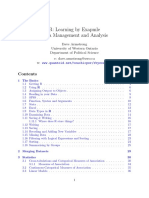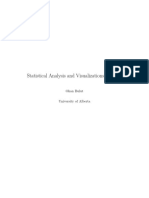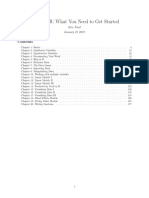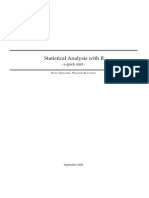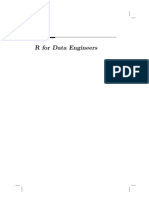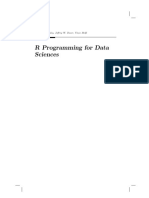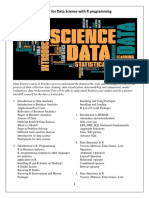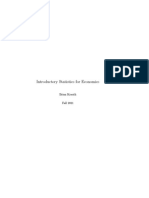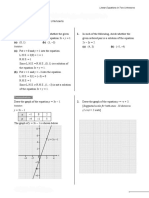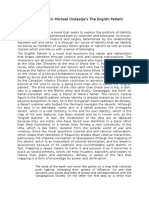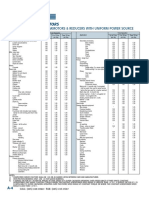0% found this document useful (0 votes)
5 views3 pagesIntroduction To R - Syllabus
The document outlines a course on R, focusing on data analysis in finance and economics, with objectives including data manipulation, plotting, and linear modeling. It includes assessments, recommended readings, and a detailed schedule of sessions covering various topics from installation to linear regression. The course is structured into chapters that cover foundational concepts, data types, graphics, and advanced data manipulation techniques.
Uploaded by
LovingmathsManCopyright
© © All Rights Reserved
We take content rights seriously. If you suspect this is your content, claim it here.
Available Formats
Download as PDF, TXT or read online on Scribd
0% found this document useful (0 votes)
5 views3 pagesIntroduction To R - Syllabus
The document outlines a course on R, focusing on data analysis in finance and economics, with objectives including data manipulation, plotting, and linear modeling. It includes assessments, recommended readings, and a detailed schedule of sessions covering various topics from installation to linear regression. The course is structured into chapters that cover foundational concepts, data types, graphics, and advanced data manipulation techniques.
Uploaded by
LovingmathsManCopyright
© © All Rights Reserved
We take content rights seriously. If you suspect this is your content, claim it here.
Available Formats
Download as PDF, TXT or read online on Scribd
/ 3






